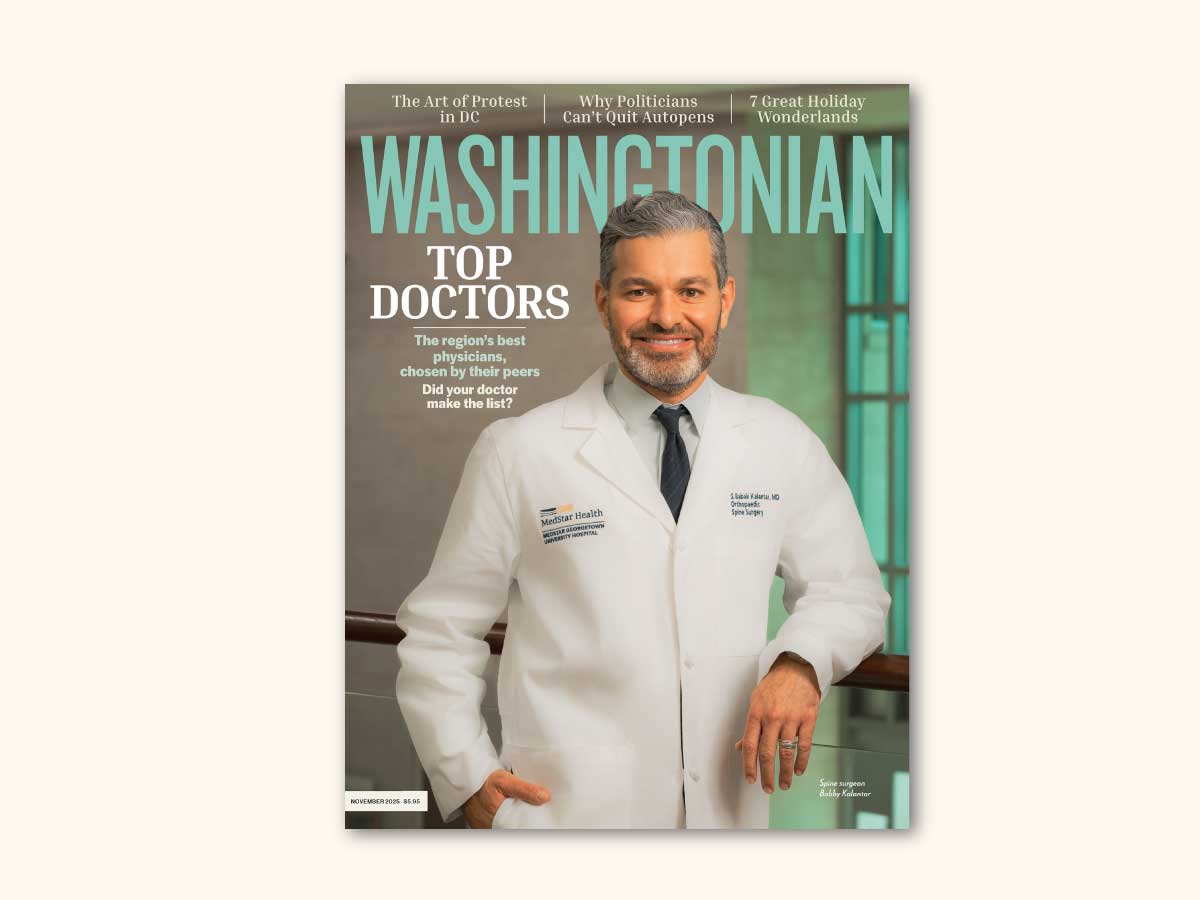 There is generally a moment in my office when it all clicks into focus for a patient receiving a new diagnosis of endometriosis. After years of normalizing suffering and collecting diagnoses that are defined by symptoms rather than cause (think things like interstitial cystitis or irritable bowel syndrome), finally, one diagnosis explains the constellation of symptoms that have so disrupted their life.
There is generally a moment in my office when it all clicks into focus for a patient receiving a new diagnosis of endometriosis. After years of normalizing suffering and collecting diagnoses that are defined by symptoms rather than cause (think things like interstitial cystitis or irritable bowel syndrome), finally, one diagnosis explains the constellation of symptoms that have so disrupted their life.
Endometriosis is a condition in which tissue deposits similar to the endometrium (the lining of the uterus) are found proliferating and even invading throughout the abdomen and pelvis. The hallmark of endometriosis is severely painful periods that interfere with school or work, though not every patient will experience these.
But endometriosis is so much more than a painful period. My patients experience other gynecologic symptoms like pain with ovulation, chronic pelvic pain radiating to their tailbone or down their legs, pain with intercourse, or infertility. Many experience severe gastrointestinal symptoms, like pain with bowel movements, nausea and vomiting with periods, food sensitivity, and severe bloating. Intense fatigue and brain fog is common. Often, my patients describe bladder symptoms like extreme urinary frequency and nocturia (waking up to urinate) overnight that have been labeled “recurrent urinary tract infections” for years. In some cases, endometriosis can cause symptoms in more distant parts of the body – endometriosis of the diaphragm can cause chest pain and shortness of breath, and if it spreads to the chest, it can cause lung collapse.
The impressive variety of organ systems impacted is only one of the many unique features of endometriosis. As an endometriosis specialist, I am most astounded by the lack of awareness surrounding the symptoms of endometriosis and best practices for treatment. Endometriosis affects one in ten women – by comparison, asthma affects one in twelve women. Yet, so many of my patients have only recently heard of endometriosis and are amazed to hear of a condition that can explain all of their symptoms. And when it comes to knowledge about treatment options, even among healthcare providers, the void of information deepens and inaccuracies multiply. My patients tell me stories of being told to take birth control and that there is nothing more that can be done for them. Even worse are patients who are offered surgical options which are now widely known to be ineffective and even harmful, such as ablation of endometriosis (where the tissue deposits are simply cauterized during surgery) or incomplete removal of endometriosis when the deposits are found in locations that are surgically complex to remove. Best practice for endometriosis treatment includes complete removal (commonly referred to as excision) of endometriosis.
Yet for a disease so complex, this treatment can be surprisingly hard to attain. The first step includes accurate imaging to diagnose invasive endometriosis prior to surgery. In my practice at PRM (Pelvic Rehabilitation Medicine), this includes a dynamic ultrasound protocol in which I image not only the gyn organs but evaluate adhesions, image surrounding tissue, and even the muscular wall of the rectum, colon, and bladder – yet this type of ultrasound is only performed by a small number of surgeons and is not available in any radiology centers. As endometriosis can extend beyond the pelvis, MRI is often required to create a comprehensive picture of the disease process. This is hugely important for stratifying the complexity of a surgery and creating a multidisciplinary team.
My surgeries often include colleagues from other specialties such as colorectal surgery or urology depending on the findings – lack of multispecialty surgical care is another barrier to patients receiving complete surgery for endometriosis. Coordination of postoperative care is also crucial, as many patients benefit from ongoing treatment with a specialist in the muscles and nerves of the pelvis, ongoing physical therapy, or treatment with a fertility specialist. Practices like Pelvic Rehabilitation Medicine can offer patients specialized treatment called the PRM Protocol™ delivered directly to the muscles and nerves of the pelvis to treat residual symptoms following surgery and help patients recover faster. Data shows that patients who are treated this way have better surgical outcomes, too.
Another fascinating element of endometriosis is how information about specialized treatment is delivered. Endometriosis is unique in the way that patient advocacy has been the primary driver of education, rather than physicians. Over the years, many advocates have disseminated information via social media, and recently physicians have joined them. Many physicians (like myself) find ourselves reaching patients directly through platforms like Instagram and TikTok in order to provide patients with alternatives to the misinformation that they may have encountered about endometriosis. It has become a perfect example of doctors entering the wild world of social media to give patients direct access to high quality information without barriers. Armed with this information, more and more patients will be able to find and access specialized care for endometriosis and so many other conditions.







